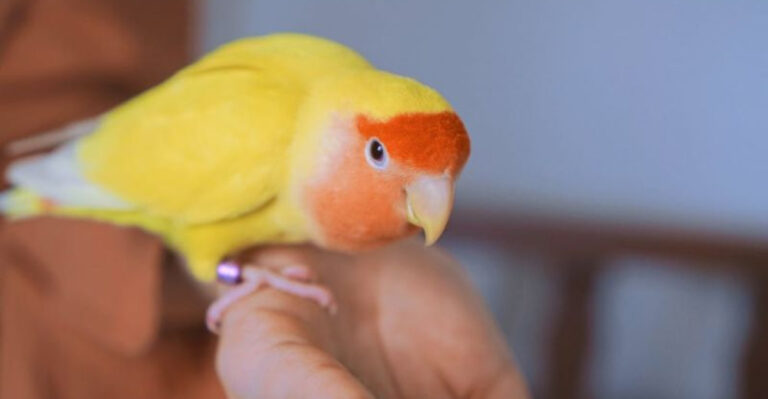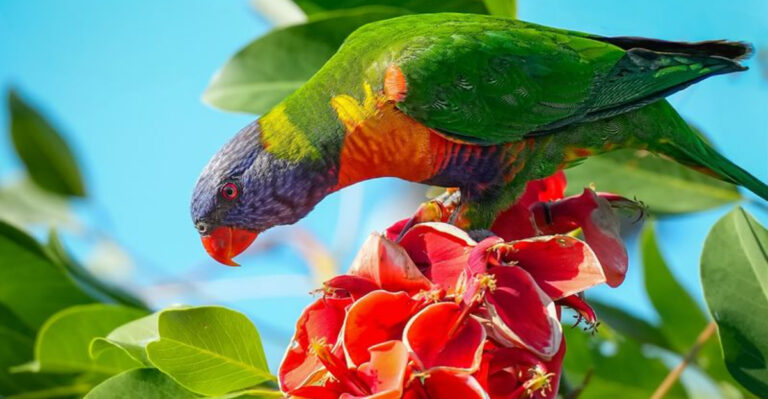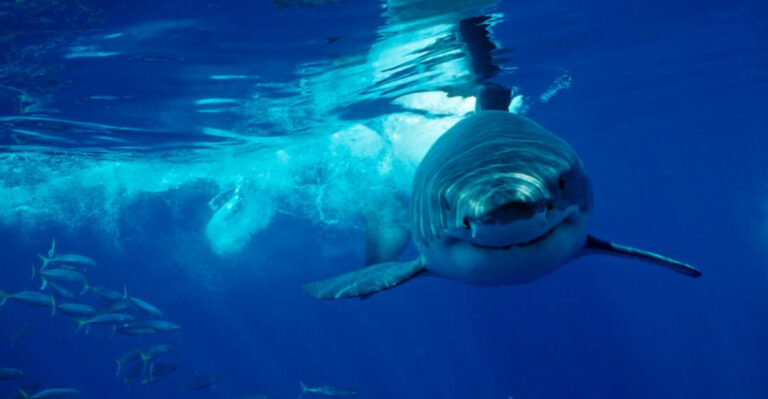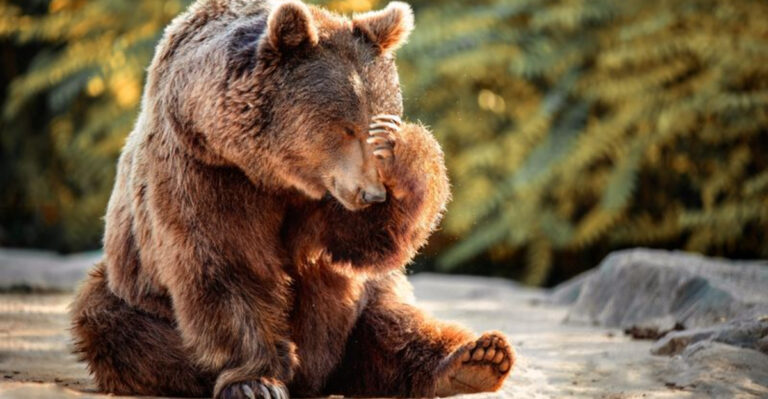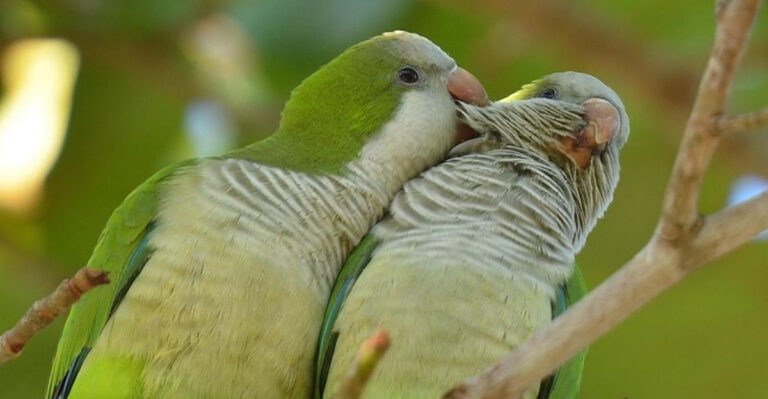After Woolly Mice And Dire Wolves, What’s Next In De-Extinction?

Scientists have recently made amazing breakthroughs in bringing extinct species back to life. These de-extinction projects started with woolly mice and are now tackling bigger animals like dire wolves.
The science behind this sounds like science fiction, but it’s happening right now in labs around the world. Let’s explore the facts about de-extinction and which amazing animals might soon walk the Earth again.
1. How De-Extinction Works
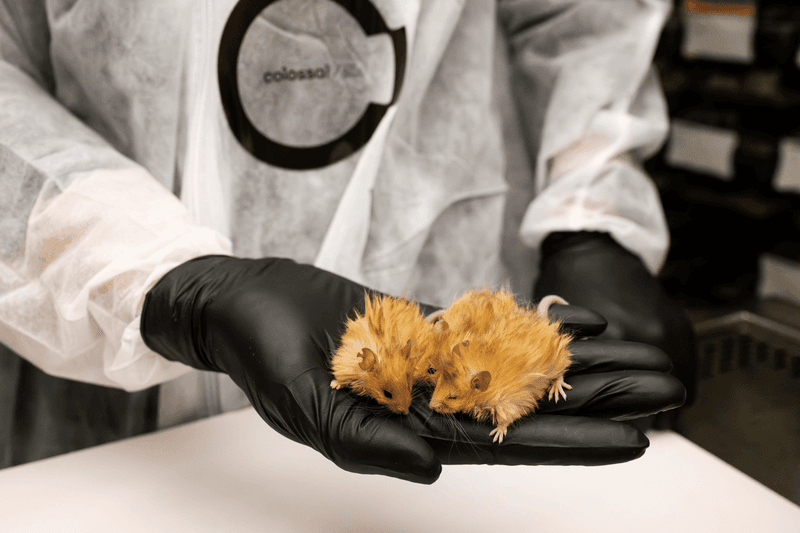
Imagine a genetic jigsaw puzzle where scientists fill in missing DNA pieces from extinct creatures. Using special tools called CRISPR, they edit living relatives’ genes to match ancient patterns.
The edited cells become embryos that are implanted into surrogate mothers. Not quite Jurassic Park – we can’t resurrect dinosaurs because their DNA degraded millions of years ago – but for more recent extinctions, it’s becoming possible!
2. The First Successfully Cloned Extinct Animal
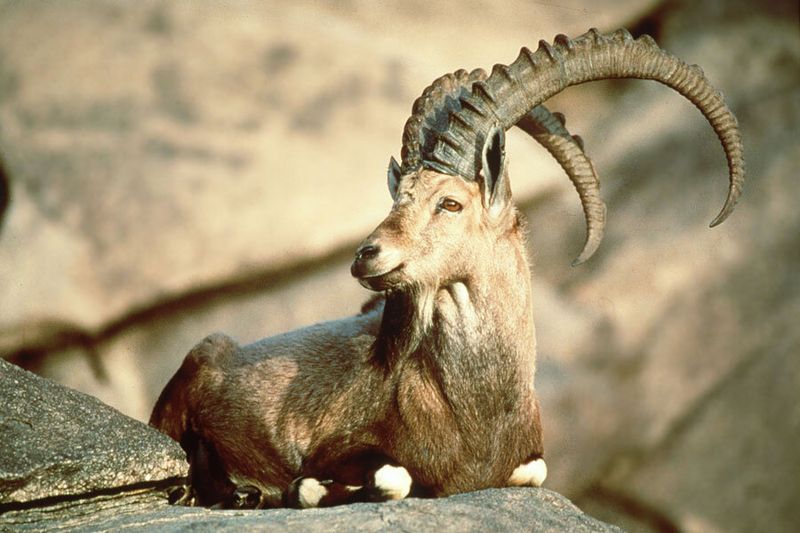
Back in 2003, scientists briefly resurrected the Pyrenean ibex (or bucardo). The last of these mountain goats passed away in 2000, but cells preserved in liquid nitrogen were used to create a clone.
The baby bucardo survived only seven minutes due to lung defects. Though short-lived, this milestone proved extinct species could return through modern science, opening the door for today’s more advanced revival attempts.
3. Why Woolly Mice Were Chosen First

Starting small makes perfect sense! These tiny test subjects helped scientists perfect techniques without the complications of larger animals. Their short gestation period – just 20 days – means faster results and more chances to improve methods.
Mouse DNA is also incredibly well-studied, making genetic modifications more predictable. Think of woolly mice as the training wheels of de-extinction before tackling the biological bicycles of larger species.
4. Dire Wolves: A Step Toward Larger Species

Famous from Game of Thrones but extinct for 13,000 years, dire wolves represent a massive leap in de-extinction complexity. Unlike woolly mice, these ancient predators require extensive genetic reconstruction and much larger surrogate mothers.
Scientists are using modern gray wolves as DNA templates, adding in dire wolf genes from fossils. The project aims to restore these magnificent hunters to help rebalance disrupted North American ecosystems.
5. Gene Editing’s Role In De-Extinction
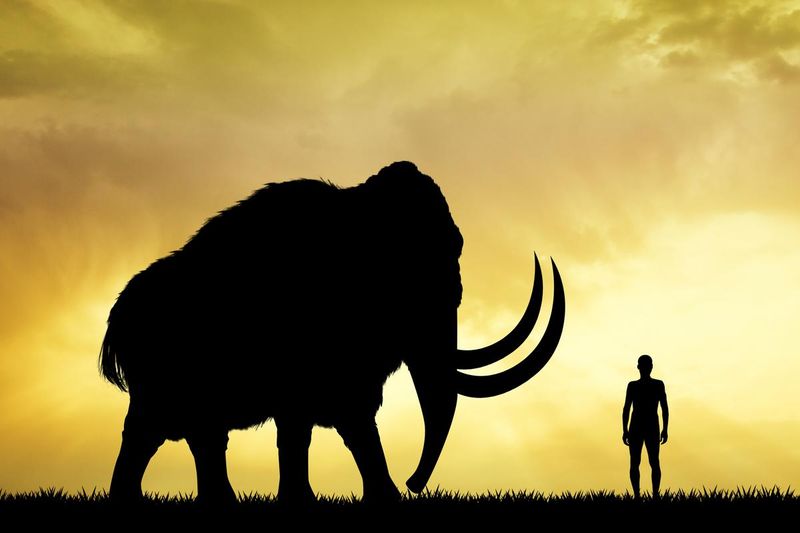
The game-changer in bringing back lost species? CRISPR technology – genetic scissors that can cut and paste DNA with astonishing precision. Before this breakthrough, genetic modification was like trying to change a single word in a book by retyping every page.
Now, scientists can target specific genes responsible for woolly mammoth fur or passenger pigeon coloration. This revolution happened just in time, as climate change threatens more species with extinction daily.
6. Ethical Concerns Of Reviving Extinct Species

Playing genetic architect raises serious questions. Would de-extinct animals suffer from health problems? Where would they live in our changed world? Many worry we’re playing god without fully understanding the consequences.
Others question spending millions on resurrection while living species go extinct. The counterargument: de-extinction technologies could help endangered species too. This scientific frontier walks a tightrope between miraculous achievement and potential ecological disruption.
7. De-Extinction Vs. Conservation: What’s Better?
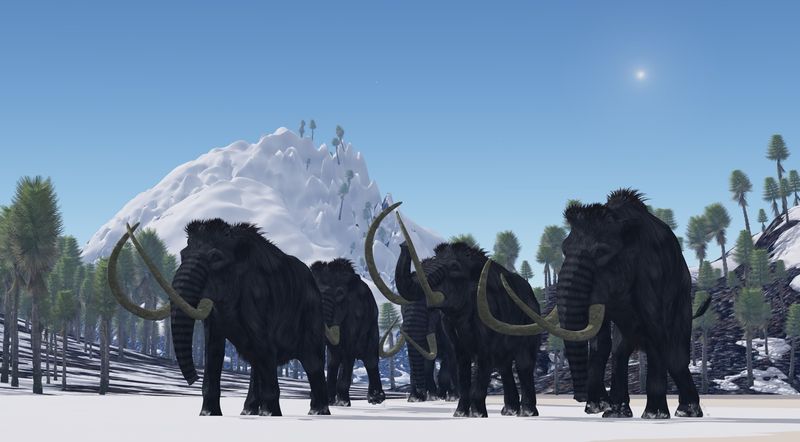
Money talks in the conservation world. A woolly mammoth revival might cost $15 million – enough to save dozens of endangered species! Some scientists argue we should focus on preventing extinctions rather than reversing them.
The surprising twist? De-extinction research improves technologies that help living species too. Genetic rescue of nearly-extinct animals uses the same tools. Both approaches ultimately aim to preserve Earth’s biodiversity, just through different routes.
8. Countries Leading In De-Extinction Research
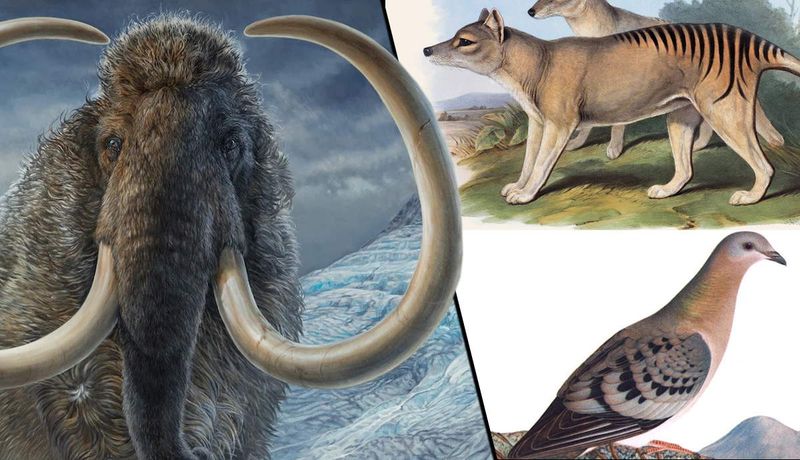
Harvard University’s Woolly Mammoth Revival Project puts the USA at the forefront, but they’re not alone. South Korea’s Sooam Biotech has cloned hundreds of dogs and works on extinct species too.
Australia focuses on marsupials like the thylacine, while Russia’s Pleistocene Park prepares habitat for mammoths. Japan excels in cell preservation technology essential for the process. This global scientific race combines competition with collaboration across borders.
9. Ancient DNA: Where It’s Collected
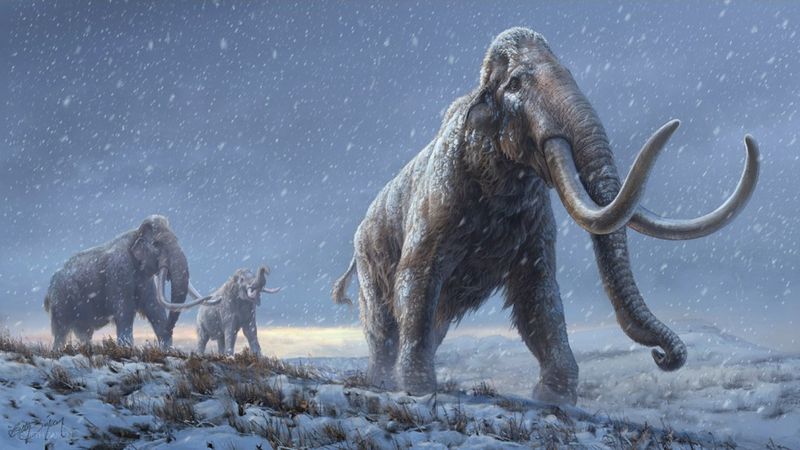
Treasure hunters of the genetic world search freezing environments where DNA preserves best. Siberian permafrost yields mammoth remains with intact cells after 10,000+ years!
Museum specimens provide another gold mine – passenger pigeon feathers and thylacine pelts hold fragmented but valuable genetic material. Even cave sediments contain DNA traces from creatures that sheltered there centuries ago. The older the specimen, the more challenging the puzzle becomes.
10. How Long De-Extinct Species Can Survive
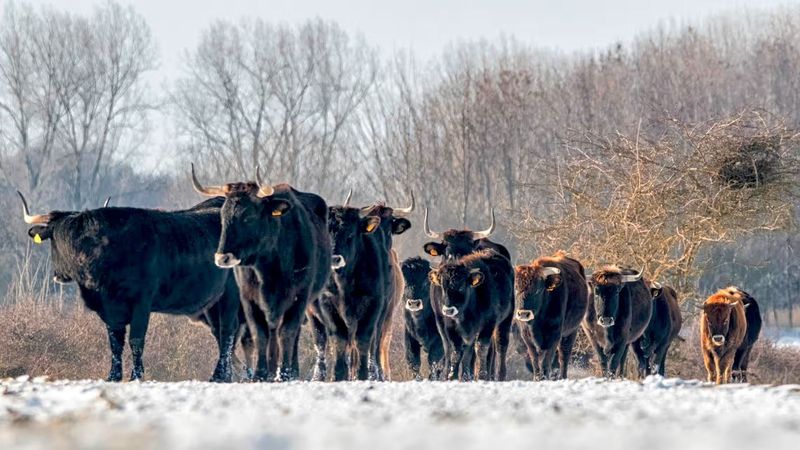
The million-dollar question: could revived species thrive again? Genetic diversity presents the biggest hurdle – too few DNA samples means potential inbreeding problems down the line.
Scientists might need to introduce genes from living relatives to create viable populations. Climate change adds another challenge, as habitats have transformed since these animals disappeared. Success might require protected reserves or even genetic tweaks to help species adapt to our modern world.
11. The Woolly Mammoth

Shaggy giants that once roamed icy tundras might thunder across the landscape again within a decade! Harvard geneticist George Church’s team has already spliced 45 mammoth genes into elephant DNA.
Rather than creating an exact duplicate, they’re building a cold-resistant elephant with mammoth features. The goal extends beyond scientific achievement – these ecosystem engineers could help prevent permafrost melting by trampling snow and exposing cold ground to the air.
12. The Passenger Pigeon
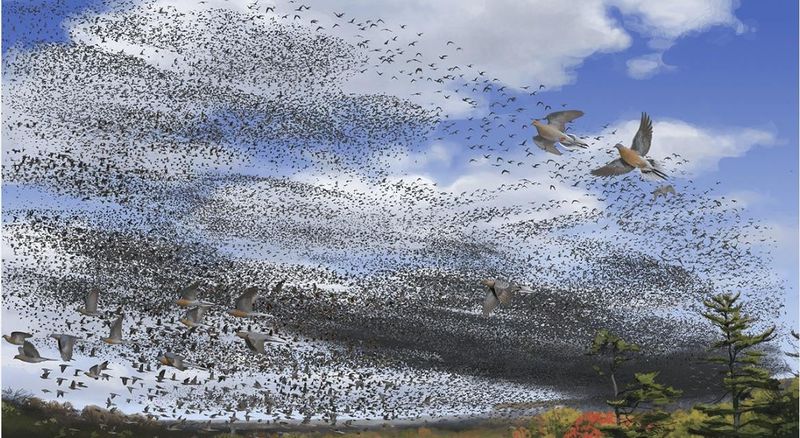
From billions to zero in just decades – these birds once darkened American skies for days during migration. Their extinction story serves as a stark warning about human impact, making them perfect candidates for resurrection.
The “Great Passenger Pigeon Comeback” project analyzes DNA from museum specimens to recreate their genome. Band-tailed pigeons – their closest living relatives – would serve as genetic templates and surrogate parents for these historically significant birds.
13. The Tasmanian Tiger

Half-wolf, half-kangaroo in appearance, this unique marsupial vanished in 1936 when the last captive specimen died at Hobart Zoo. The good news? Museum specimens preserved in alcohol have yielded surprisingly high-quality DNA.
Australian scientists have already sequenced its genome and begun editing Tasmanian devil cells to match. Success would return a top predator to Australian ecosystems and rectify a tragic extinction caused directly by government bounty hunting.
14. The Dodo Bird

Beyond being a punchline for extinction jokes, this flightless bird represents a unique ecological niche. Last seen in 1662 on Mauritius, its DNA remains surprisingly accessible through well-preserved specimens.
Scientists face an added challenge – finding suitable surrogate parents. Pigeons (distant relatives) might be too small to lay dodo eggs. The revival would restore the only animal that could digest and spread seeds of the tambalacoque tree, now endangered without its bird partner.
15. The Great Auk
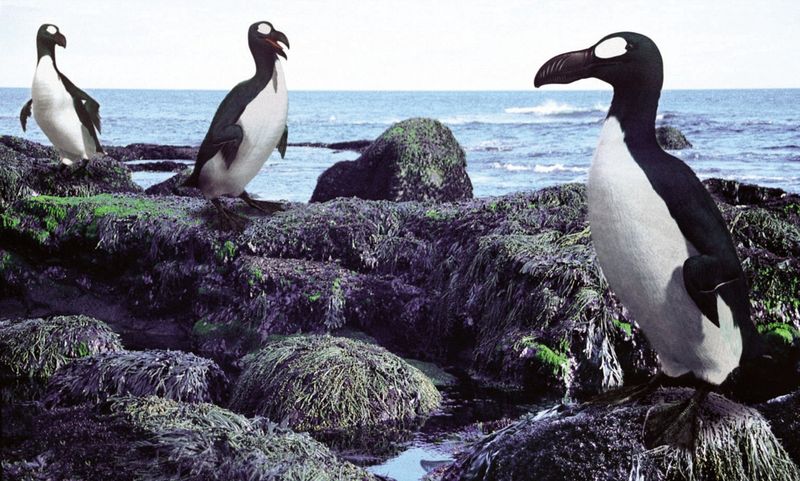
Standing three feet tall with tuxedo-like plumage, these flightless seabirds once ruled North Atlantic coastlines. Hunted to extinction in 1844 for their feathers, meat, and eggs, they left behind numerous preserved specimens.
Their resurrection seems particularly achievable because razorbills – their closest living relatives – could potentially serve as surrogate parents. Scientists believe their return could help restore marine ecosystem balance and serve as living sentinels for ocean health.


